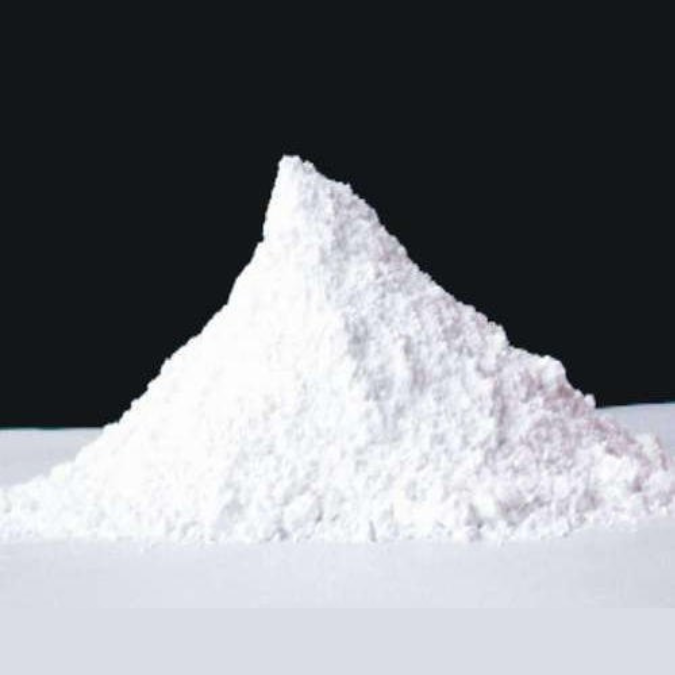Calcite Powder in Plastic Industries: Applications and Benefits
Calcite powder (calcium carbonate) is one of the most widely used mineral fillers in the plastic industry, offering exceptional benefits in terms of cost reduction, performance enhancement, and processing improvement. From packaging materials to automotive components, calcite powder plays a vital role in modern plastic manufacturing.

Why Choose Calcite Powder for Plastic Applications?
- Cost Effective: Reduces plastic formulation costs
- Enhanced Properties: Improves mechanical characteristics
- Processing Benefits: Better flow and moldability
- Versatile: Suitable for various plastic types
- Consistent Quality: Reliable performance batch-to-batch
Why Choose Calcite Powder for Plastic Applications?
Cost Reduction
Significant material cost savings without compromising quality
Processing Benefits
Improved flow, reduced cycle time, and better moldability
Performance Enhancement
Enhanced mechanical properties and dimensional stability
Key Benefits of Calcite Powder in Plastics
1. Cost Optimization
Calcite powder is significantly more economical than plastic resins, making it an excellent choice for reducing material costs. It can replace 20-40% of the plastic content in many applications while maintaining or improving product performance.
2. Improved Processing Characteristics
- Better Flow: Reduces melt viscosity for easier processing
- Faster Cycle Times: Improves cooling and reduces injection molding time
- Reduced Shrinkage: Minimizes dimensional changes during cooling
- Better Mold Release: Improves part ejection from molds
- Lower Energy Consumption: Requires less energy for processing
3. Enhanced Physical Properties
| Property | Effect of Calcite Powder | Typical Improvement |
|---|---|---|
| Stiffness | Increases flexural modulus | 20-50% improvement |
| Impact Strength | Maintains or improves | No significant loss |
| Heat Deflection Temperature | Increases thermal stability | 5-15°C improvement |
| Dimensional Stability | Reduces warpage and shrinkage | 30-50% reduction |
| Surface Finish | Improves smoothness and gloss | Enhanced appearance |
| UV Resistance | Improves weathering properties | Better outdoor performance |
Applications in Plastic Industries
Packaging Industry
- Flexible Packaging: Improves barrier properties and reduces costs
- Rigid Containers: Enhances stiffness and dimensional stability
- Bottles and Jars: Reduces material costs while maintaining performance
- Films and Sheets: Improves processability and surface quality
Automotive Industry
- Interior Components: Dashboard, door panels, and trim parts
- Exterior Parts: Bumpers, body panels, and decorative elements
- Under-the-Hood: Engine covers and air intake components
- Electrical Components: Connectors and housings
Construction and Building
- Pipes and Fittings: PVC pipes, fittings, and conduits
- Profiles and Extrusions: Window frames, door frames, and trim
- Flooring: Vinyl tiles and luxury vinyl planks
- Insulation: Foam insulation and thermal barriers
Consumer Goods
- Household Items: Storage containers, kitchenware, and appliances
- Toys and Games: Safe, non-toxic filler for children's products
- Furniture: Chairs, tables, and decorative elements
- Electronics: Housings and protective components
Optimal Usage Guidelines
Particle Size Selection
| Application | Recommended Particle Size | Benefits |
|---|---|---|
| High-Performance Plastics | 1-3 microns | Maximum reinforcement, best surface finish |
| General Purpose Plastics | 3-8 microns | Good balance of properties and cost |
| Cost-Sensitive Applications | 8-15 microns | Maximum cost savings |
| Thick Sections | 15-25 microns | Reduced processing issues |
Loading Levels by Application
- Light Loading (5-15 phr): Minimal impact on properties, slight cost reduction
- Medium Loading (15-30 phr): Good balance of cost and performance
- Heavy Loading (30-50 phr): Maximum cost savings, some property trade-offs
- Ultra-Heavy Loading (50-80 phr): Special applications, significant property changes
Surface Treatment Options
Stearic Acid Coating
- Improves dispersion in the polymer matrix
- Reduces agglomeration and processing issues
- Enhances flow characteristics
- Recommended for most general applications
Silane Coupling Agents
- Creates chemical bonds between filler and polymer
- Significantly improves mechanical properties
- Enhances moisture resistance
- Ideal for high-performance applications
Fatty Acid Coating
- Improves processing characteristics
- Reduces moisture absorption
- Cost-effective surface treatment
- Suitable for standard applications
Quality Considerations
Key Quality Parameters
- Purity: High calcium carbonate content (>98.5%)
- Brightness: Consistent whiteness for colored applications
- Particle Size Distribution: Narrow distribution for consistent properties
- Moisture Content: Low moisture (<0.3%) to prevent processing issues
- pH Value: Neutral pH (8-9) for polymer compatibility
- Oil Absorption: Low oil absorption for better processing
Processing Recommendations
Mixing and Compounding
- Pre-dry calcite powder if moisture content is high
- Add calcite powder gradually during mixing
- Ensure proper dispersion to avoid agglomeration
- Monitor temperature to prevent degradation
- Use appropriate mixing equipment for uniform distribution
Injection Molding
- Adjust injection pressure for filled materials
- Optimize mold temperature for better flow
- Consider gate size for proper filling
- Monitor part quality for consistent results
Extrusion
- Adjust screw speed for optimal mixing
- Monitor melt temperature and pressure
- Ensure proper die design for filled materials
- Check for uniform distribution across the profile
Environmental and Sustainability Benefits
- Reduced Carbon Footprint: Lower energy consumption during processing
- Resource Efficiency: Reduces dependence on petroleum-based materials
- Recyclability: Can be incorporated into recycling programs
- Biodegradability: Natural mineral with minimal environmental impact
- Non-toxic: Safe for workers and end-users
Future Trends and Innovations
- Nano-sized Particles: Enhanced properties with minimal loading
- Smart Fillers: Functional fillers with additional properties
- Bio-based Polymers: Compatibility with sustainable materials
- Advanced Surface Treatments: Improved performance characteristics
Ready to Optimize Your Plastic Formulations?
Contact Shikhar Microns for expert guidance on calcite powder applications in plastic industries